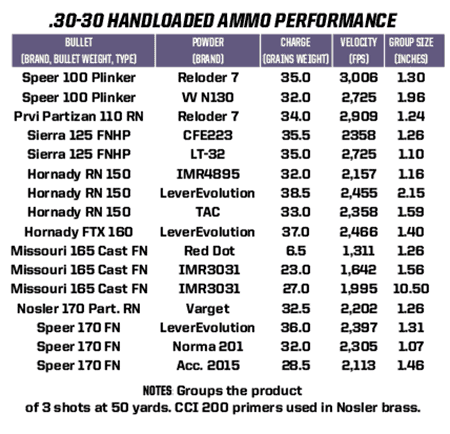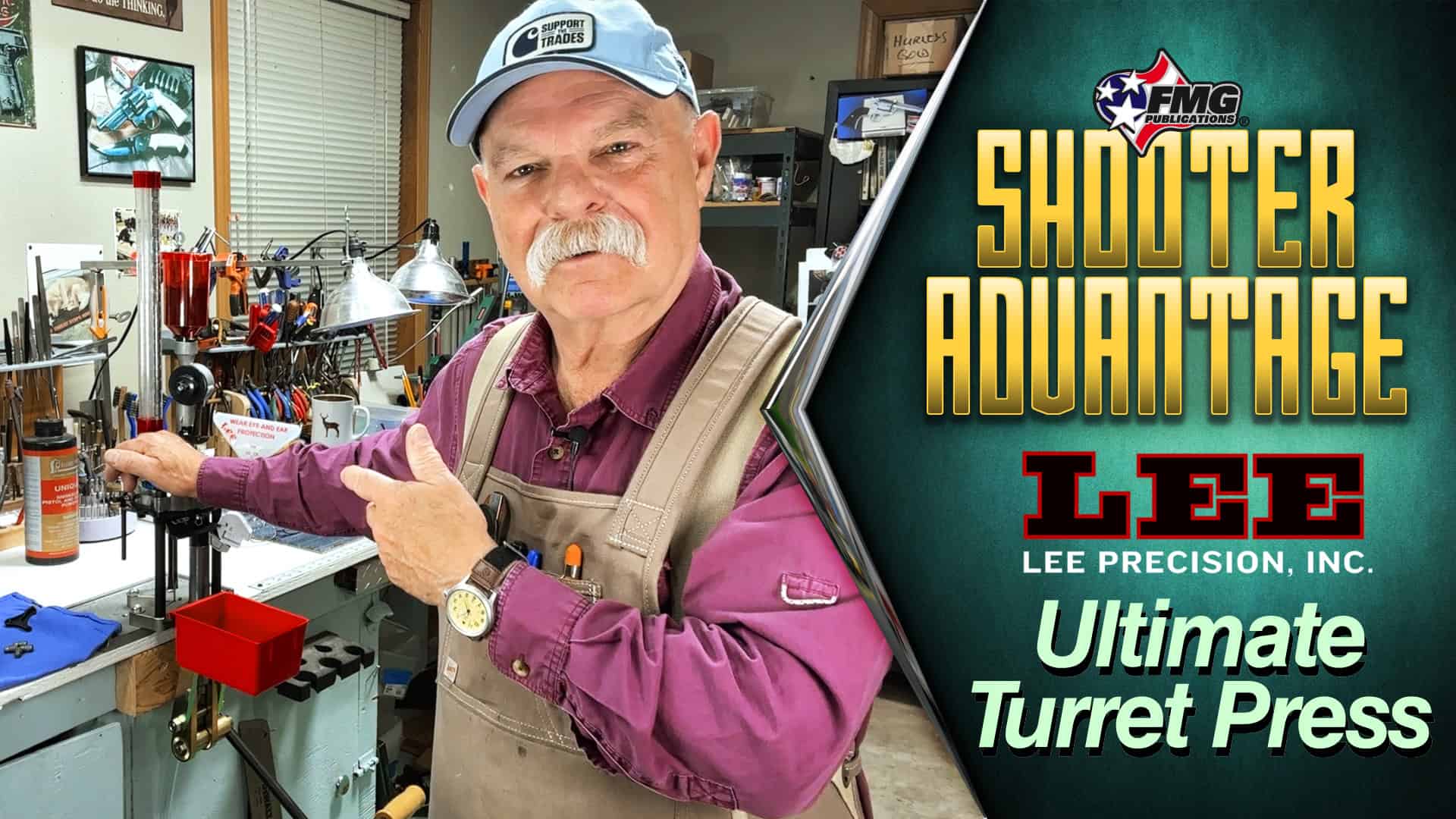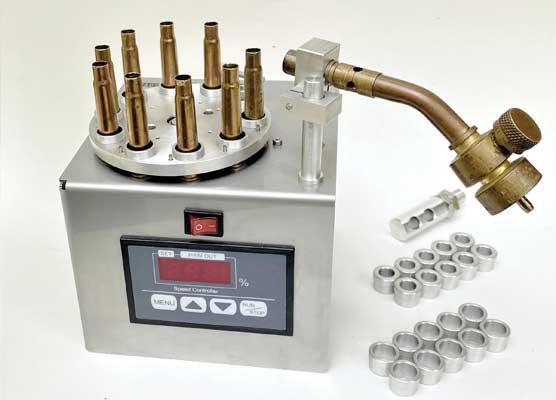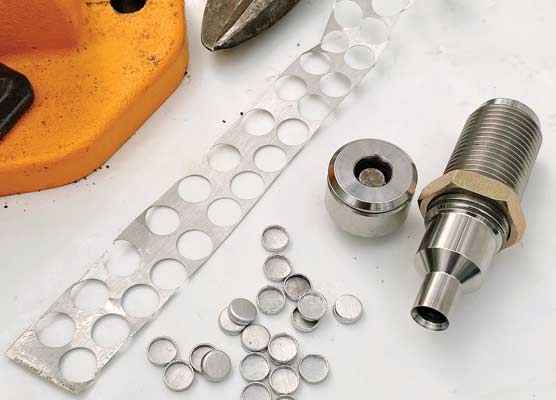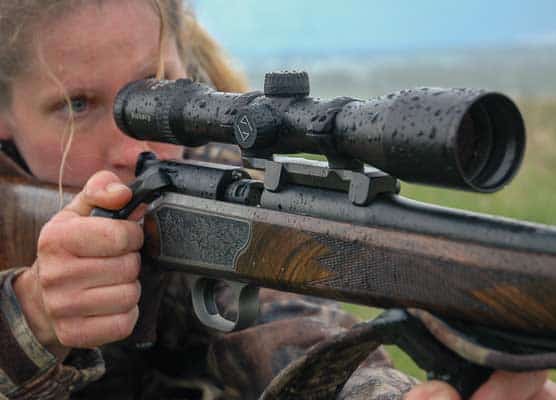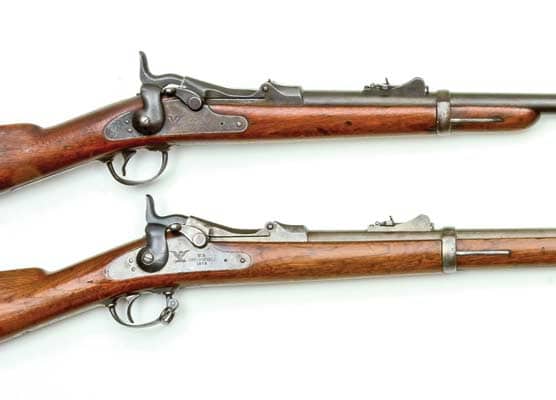Sensible Improvements
The 6.5 Creedmoor solved those potential problems with inexpensive brass and ammo, using large rifle primers. Plus, Ruger (a frequent Hornady marketing partner) chambered relatively inexpensive but accurate factory rifles. Instead of being seen as strictly a target cartridge, chambered in expensive and specialized rifles, the 6.5 Creedmoor appeared as an affordable alternative for a wide range of shooters.
The 6.5 Creedmoor also has far more consistent chamber dimensions than the 6.5x55. Like all rifle rounds originating as early smokeless military cartridges, 6.5x55 case and throat dimensions have varied, mostly due to the long-ago changeover from heavy roundnose bullets to lighter spitzers. The Creedmoor was designed from the get-go for long boattailed spitzers, in today’s rifles.
Does this mean hunters should get rid of their .260’s and 6.5x55’s? Nobody has suggested that, and in fact I’m such a hopelessly addicted rifle loony my safe not only includes a .260 Remington and a pair of 6.5x55’s, but a 6.5x54 Mannlicher-Schoenauer and 6.5x57R Mauser. All are ballistically close enough to do what the others do, but the rifles are different. (In fact, the 6.5x57R isn’t strictly a rifle, but a drilling.)
With that duly noted, my latest 6.5 Creedmoor is a Ruger American Predator purchased for the vast sum of $350, and right out of the box it turned out to be as accurate as any 6.5mm rifle I’ve ever owned, including several custom ones. Is this due to chance? I doubt it, since all the other 6.5 Creedmoors I’ve fooled with have also shot very well. The least accurate put five shots into an inch at 100 yards with the first handload tried.

